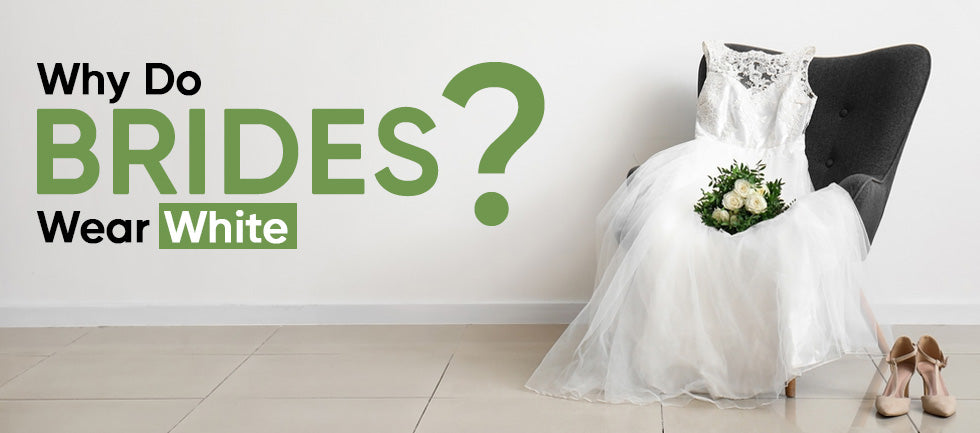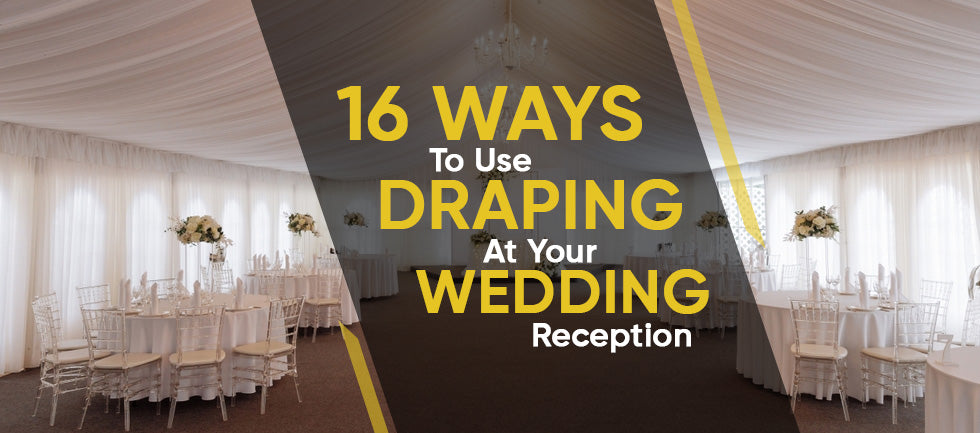The tradition of brides wearing white on their wedding day is deeply ingrained in Western culture, but its origins are often misunderstood. This custom, while common today, has a rich history that spans centuries and continents. White as a color for bridal attire carries significant cultural, historical, and symbolic meaning.
Historical Origins of the White Wedding Dress
The tradition of brides wearing white dates back to the early 19th century. Before that, brides typically wore their best dresses, regardless of color. It wasn't uncommon to see blue, green, or even black bridal gowns.
The shift toward white began with Queen Victoria's marriage to Prince Albert in 1840. Her choice of a white silk satin gown was unique at the time, as white was often associated with mourning or formal occasions. Victoria's decision to wear white set a fashion trend, and soon, white became a symbol of bridal purity and new beginnings.
The Impact of Queen Victoria’s Wedding
Queen Victoria’s wedding marked a turning point in bridal fashion. Before her influence, most brides wore elaborate dresses in bold colors like red or gold, seen as symbols of wealth. Her simple white gown was a departure from these traditions.
Victoria wanted to present herself as a bride, not a queen. Her gown, adorned with lace fabric, was understated yet beautiful, reflecting personal sentiment rather than status. This shift in bridal fashion spread across the globe, especially as photography made images of her wedding accessible to many.
Evolution of the White Wedding Dress in the 20th Century
While Queen Victoria set the stage for the white wedding dress, it wasn't until after World War II that this tradition took hold. In the 1950s and 60s, white dresses became the standard, representing purity and tradition. Bridal fashion followed contemporary trends, yet white remained the color of choice.
By the 60s and 70s, as fashion embraced more casual styles, the white wedding dress took on ceremonial significance. It stood apart from everyday clothing, marking the special nature of weddings. Despite changing fashion trends, the white dress persisted as a symbol of tradition.
The Modern White Wedding Dress
Today, the white wedding dress is still popular, but its meaning has evolved. Modern brides often choose attire that blends tradition with personal expression. The choice of white bridal fabric is no longer tied solely to purity but reflects individual style and cultural significance.
Some brides choose dresses with colors, patterns, or unique styles, yet the white wedding dress remains a symbol of love and celebration. It's not uncommon for brides to preserve their wedding gowns as heirlooms, carrying on a tradition that bridges the past and present.
Modern Alternatives to the White Wedding Dress
In today’s world, many brides are moving away from the traditional white wedding dress and opting for modern alternatives. Shades like off-white, ivory, and even blush have become popular choices, offering a softer and more personalized take on the classic bridal gown. Some brides are even embracing bold colors that reflect their personality or cultural roots, making their wedding attire truly unique.
This shift towards personalization has allowed brides to express themselves in ways that weren't common in the past. While white still holds its traditional appeal, there’s now more freedom than ever to choose what feels right for you.
Eco-Friendly and Sustainable Bridal Fashion
With the rise of environmental consciousness, eco-friendly and sustainable bridal fashion has become a growing trend. Many brides are choosing vintage dresses, second-hand gowns, or dresses made from sustainable materials to reduce their environmental impact. These options not only contribute to sustainability but also offer a unique charm that you won’t find in mass-produced gowns.
Upcycling old dresses or wearing a family heirloom can add sentimental value to your wedding day, making your dress even more special. This trend encourages brides to think beyond just fashion and consider the long-term impact of their choices.
FAQs
Do I have to wear a white wedding dress?
No, the choice is entirely personal. Whether you prefer white or another color, your wedding attire should reflect your style and make you feel special.
Can anyone wear a white wedding dress?
Yes, anyone can wear a white dress if it aligns with their vision for the day. White wedding dresses are for everyone, regardless of gender or identity.
Does a white dress symbolize virginity?
No, this idea is outdated. The white wedding dress now symbolizes love, new beginnings, and personal choice.
Can I wear white if it's not my first marriage?
Absolutely! There's no rule saying your dress color should change with each marriage. White wedding dresses are suitable for any bride.
Is it okay to wear white if I’m pregnant or have children?
Yes, your personal circumstances shouldn’t affect your attire. Choose a white dress if it makes you feel beautiful and confident.
Can I wear white if I'm eloping or having a small wedding?
Yes, the size of your wedding doesn't dictate your attire. Whether it's a courthouse ceremony or an elopement, you can wear a white dress if you like.
Should I change for the reception?
Many brides opt to switch to a different outfit for the reception, but it's not necessary. If you love your white dress, keep it on all night!
Is it okay for guests to wear white?
It's generally best for guests to avoid wearing white unless the couple specifically says it's okay. The bride's attire should remain the focal point.



